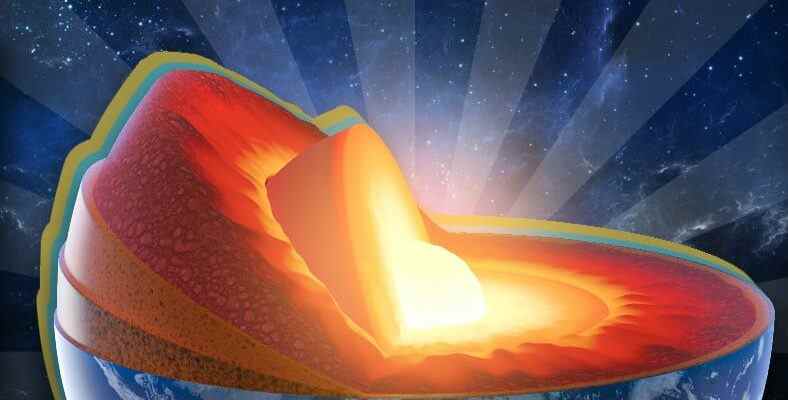We go a little deeper into the earth’s crust, which you can hear as a stone sphere or lithosphere, which was indispensable for our geography lessons in our high school term. If you are wondering, we have compiled important questions such as what is the earth’s crust, what is it good for, what are its features.
If you’re studying geography, a certain part of your brain may be filled with the earth’s crust. Earth’s crust Knowing important issues such as what it is, what it does, what its features are will make you more successful in geography. Today, we will compile many features about the earth’s crust, especially what the earth’s crust is. Keep scrolling softly to learn more about the earth’s crust, which is made up of different layers.
Throughout our education life, we constantly hear about the earth’s crust. Sometimes in different lessons, sometimes in Geography lesson, we examine the earth’s crust down to the smallest details. We have told you everything that you do not know and need to learn about the earth’s crust, which we hear constantly but do not have clear information about yet. If you wish, without further ado what is the earth’s crust, what are its features, what is it good for Let’s answer questions like:
First of all, what is the earth’s crust?
Let’s start with the basics. Earth’s crust is basically the core of our planet. outer layer can be summarized as The earth’s crust, while forming a part of the lithosphere, consists of tectonic plates that can reach all the land in our world. Earth’s crust, full of this 4.6 billion years occurred before. When it first occurred, it was not in its current state. It was not as rigid, but had a much thinner structure when it first formed. It solidified over time and became what it is today.
The earth’s crust is divided into two different types. One of them is the crust of the earth under the soils of our world. oceanic and another is under the seas. Continental Earth crust. The crust of the earth under the land is thicker than the crust of the earth under the sea. The crust under the sea has a thickness of between 5 and 10 kilometers, while the crust under the land has a thickness of between 30 and 50 kilometers. One of the main common features of the two types of crust is that they are both made up of 90% igneous rock. The crust found in the ocean derives its source from rocks from cooled and hardened lava. Generally speaking, continental crust is much older. Oceanic crust is much younger than continental crust. The continental crust is 4.6 billion years old, while the oceanic crust is only 270 million years old. Earth’s crust is not unique to our world. Along with Earth, Venus, Mercury, Mars and the Moon have one.
What does the earth’s crust do?
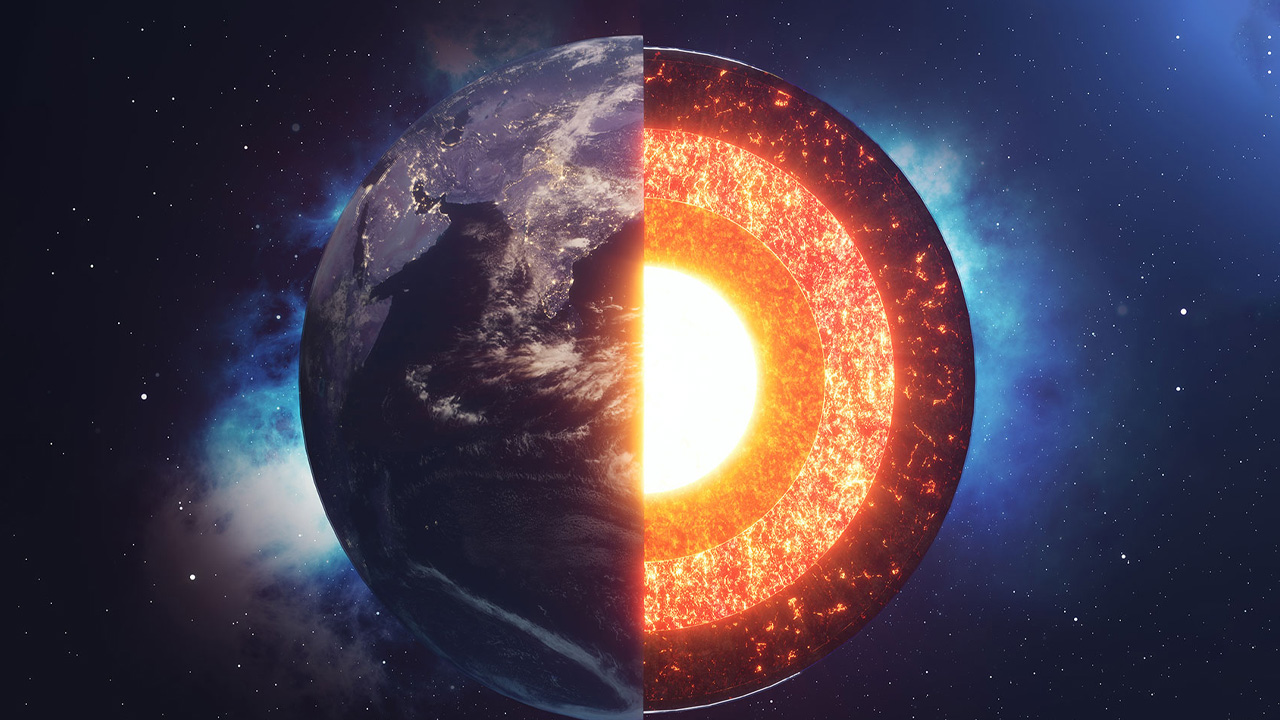
We learned what the earth’s crust is. Next up is to learn what the earth’s crust actually does and how it contributes to our world. Earth’s crust dry and hot rocks It reacts with the water and oxygen it produces to form new mineral and rock types. For this reason, it is known as a thin but very important region. The earth’s crust, however, is the region where plate-tectonic activity has mixed these new rocks and injected the mixed chemicals with active fluids.
If we need to summarize the earth’s crust basically; We can say that it is a living house that has strong effects on rock chemistry and has its own mineral recycling systems. All the interesting varieties found in geology, from the metal ores we know to the stone deposits, know the earth’s crust as their home.
What are the characteristics of the earth’s crust?
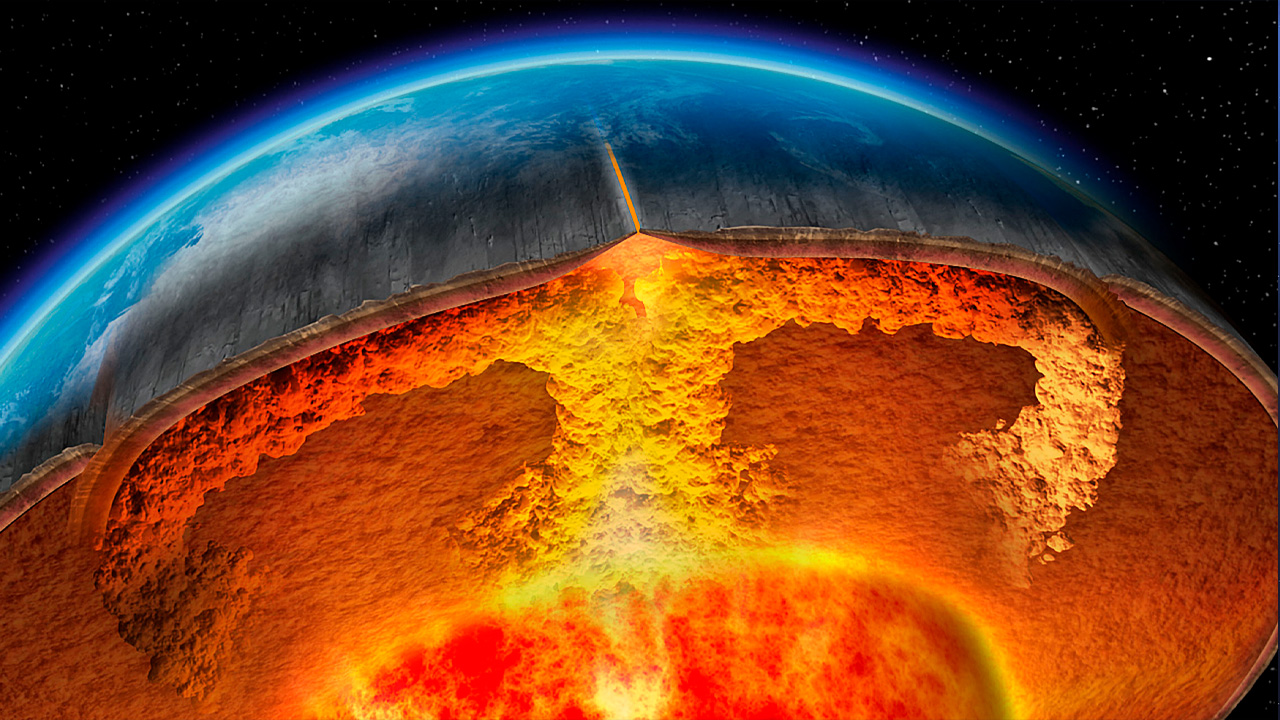
- It is the outermost layer known to our world.
- The ocean layer is much younger than the land layer
- The Sial layer is made up of silicon and aluminum, while the other Sima layer is basically magnesium.
- Density is low
- Under the earth’s crust, the temperature rises to 1000 degrees Celsius
- Oceanic crust is formed as a result of flames erupting from volcanoes.
- The general temperature of the earth’s crust is 22 degrees Celsius.
- They play a major role in the occurrence of earthquakes.
What is another name for the earth’s crust?
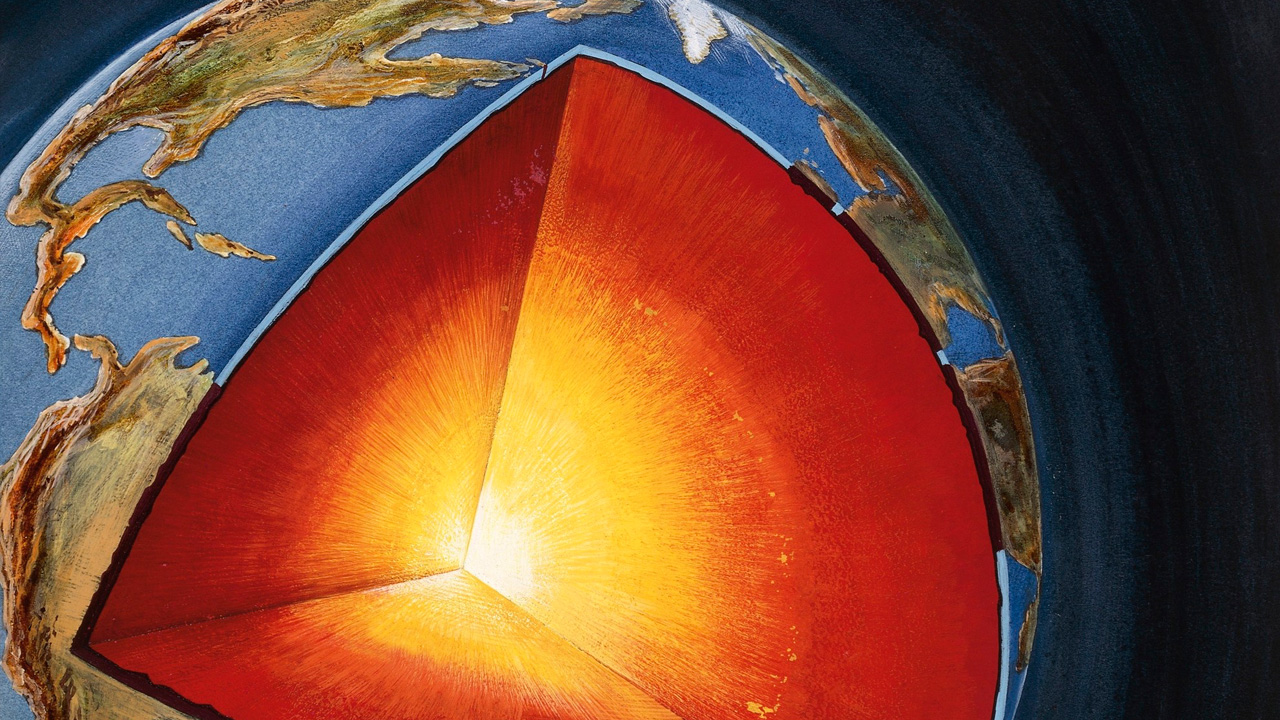
Although we know it basically as the earth’s crust, it also has different names. Earth’s crust is also stone sphere Also known as. However, sometimes it lithosphere You can also see it called When you hear the words lithosphere or lithosphere, you should know that they are actually talking about the earth’s crust.
What does the earth’s crust consist of?
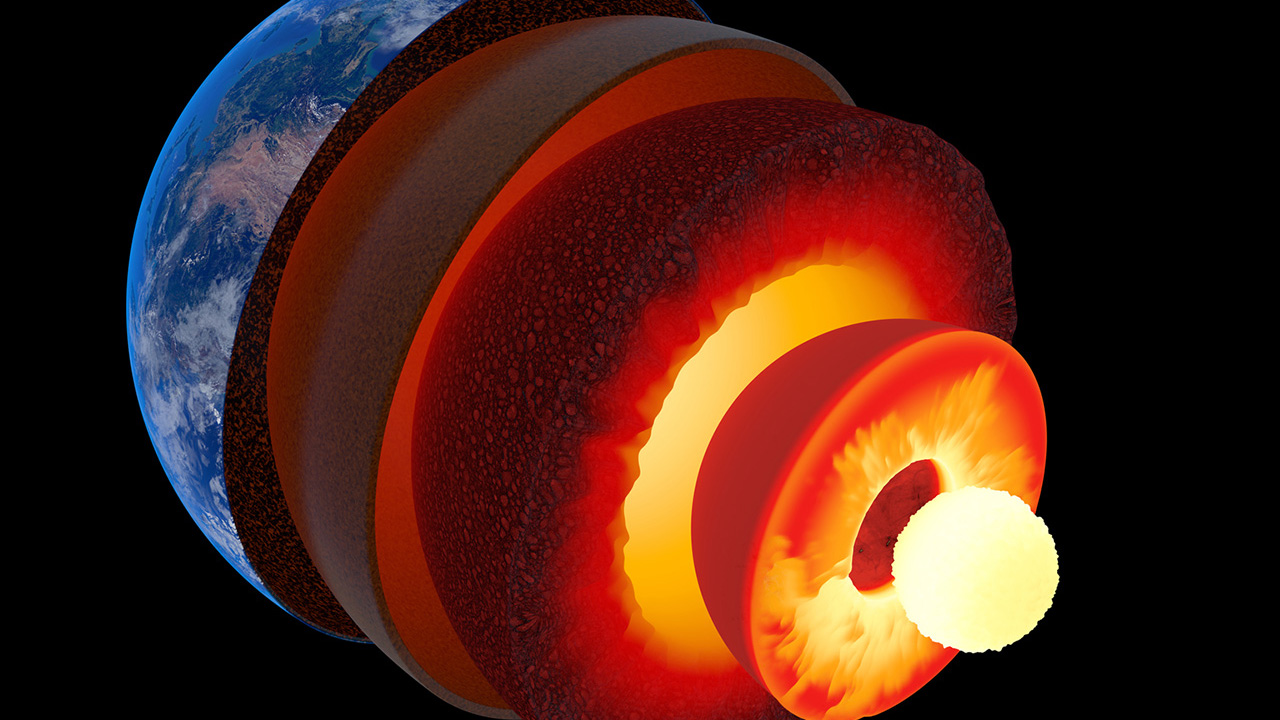
In our titles above, the earth’s crust We mentioned that it is divided into two as land and ocean. Now let’s come to the question of what the earth’s crust actually consists of. Our earth’s crust is actually composed of granite rocks and basalt structures. For example, it contains marble, limestone, coal, sand, gravel, granite, gold and diamonds. Basically, the earth’s crust is formed when we put some rocks together.
How was the earth’s crust formed? This is what it looked like billions of years ago:
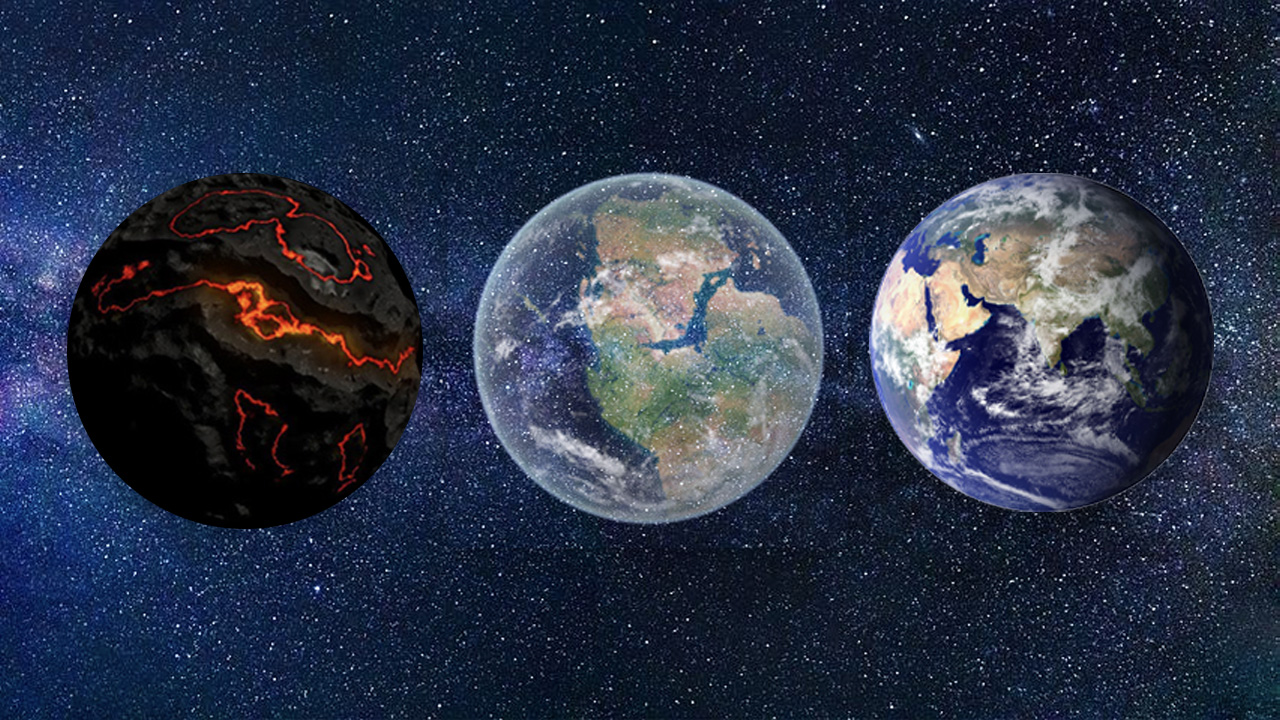
Let’s go back 4.5 billion years. When the first steps of the earth’s crust appeared, the earth took several million years. covered with lava seas was somehow. Over time, these lava seas began to cool. As it cooled, it solidified, resulting in the crust of the earth as we know it now. Then, after an object hitting the earth, the earth’s crust melted again. Even Almost vaporized the Earth. Then the world we live in now came into being.
Even though we basically know what it is for you guys, we went a little deeper into the earth’s crust. If you have in mind what is the earth’s crust, what does it do, features If there are questions such as what are the questions, you will find out when you examine the above titles in detail. If you are a high school student, we are sure that the above information will be of great use to you throughout your high school education. What do you think about the earth’s crust? Don’t forget to share it with us in the comments.
RELATED NEWS
